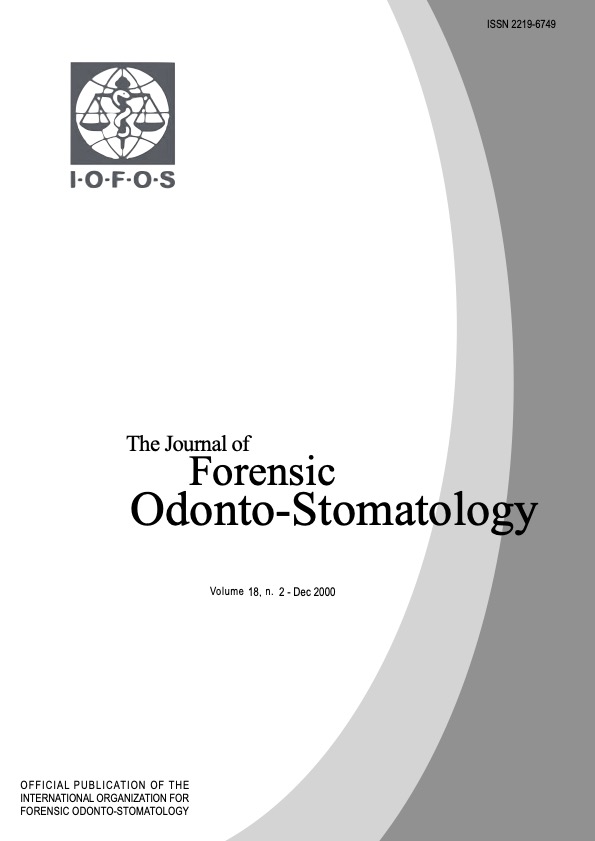Postmortem tooth loss in human identification processes
Abstract
Teeth provide essential data for human identification. However, they are frequently lost during the process of skeletonization or under manipulation during exhumation. Because of the high frequency of postmortem tooth loss, this phenomenon was examined in three different samples, in an attempt to simulate the actual circumstances experienced in the forensic processes of identification of human remains. The method employed aimed to describe and quantify dental spaces, distinguishing between loss after death or before by extraction. The results showed a high prevalence of postmortem tooth loss: 41.37% in sample A, 56.83% in sample B and 3.96% in sample C. These losses were most frequent in the maxillary incisor group in all three samples analysed. These data underline the need for redoubled care in recovery, transportation and storage of crania, so that teeth are not lost, which could seriously compromise the identification process.

